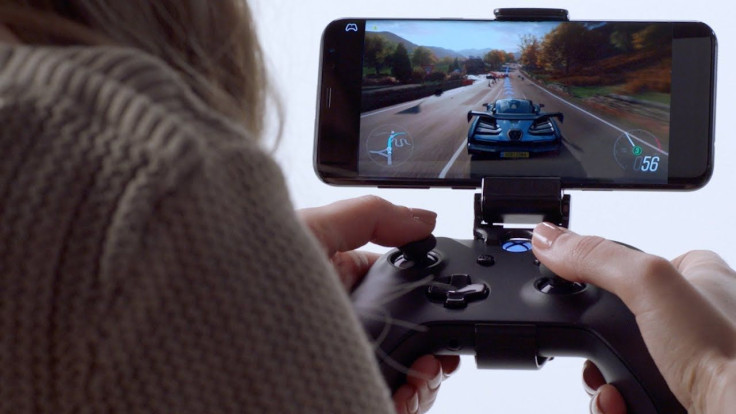In the spirit of streaming, cloud gaming, and everything else in between, it’s time to take a closer look at what Microsoft’s xCloud has to offer the industry and its consumers at large. If you’ve been following the news recently, Google’s own offering into the game streaming business – the Stadia – has been under a lot of scrutiny recently, as a lot of information about it suddenly comes to light. The gist of it comes down to the fact that gamers will need to purchase games separately for the Stadia, putting to rest the initial rumors that this will be the ‘Netflix for games,’ on top of paying a monthly fee to access some of its higher range of features.
Meanwhile, Microsoft showed off more of the xCloud in a recent video published by Fortune Magazine, showcasing the actual hardware behind the service that will launch this October. It also offers some insight from its two notable leads, xCloud boss Kareem Choudhry and Xbox boss Phil Spencer, as they talk about the xCloud and what its place is in Microsoft’s gaming strategy as a whole. Check out the video below and give it a full watch – it’s definitely worth getting into.
The four-and-a-half-minute video kicks things off with our first look at what exactly powers the xCloud infrastructure, and surprisingly it’s relatively simple. Choudry shows off a server rack for the xCloud which is, according to him, just eight Xbox One S consoles merged into one unit. It’s not as elaborate as I initially thought it would be, but given that Microsoft only needs to integrate its increasingly popular Game Pass service into its Azure data centers to achieve an actual cloud gaming service that people will see value in, I must say I’m a bit impressed.
Spencer also talks about the xCloud in detail, saying that it’s not meant to replace consoles, but rather complement them, giving options for a lot of people who don’t want to buy the hardware. It’s a good and placating statement, and one that seems relatively safe to say since gaming in the cloud is still quite new, and it will be years for it to be the norm.
He also notes that xCloud, when it launches this October, is just meant to be a foundation to lay the groundwork for what is to come in the next decade or so. I’m also seeing it as something that will decide whether the public at large is ready for cloud gaming, with both the xCloud and Stadia set to enter the stage by the end of the year.
While I’m still not entirely sold on the premise of cloud gaming in general (I doubt that xCloud could do something about input lag as well), I’m thinking that xCloud will succeed more than the Stadia thanks to a somewhat grounded foundation. Compare this model to Google’s pretty lofty ambition of demanding players to buy games at full price on a service that’s incredibly dependent on how well your internet service provider does its job, and you’ll see exactly how they’re different from each other.
If it ends up being a Game Pass-like model, but on the cloud to allow people on mobile phones to play the games they want without actually having to buy them at full price, then consider this xCloud vs. Stadia battle already won. It’s weird when Microsoft gets something right for once, given their history with gaming in general, but even then, we’ll just have to wait and see this October if it truly holds up.
Google Stadia will be launching this November, which curiously does not have a beta as of right now. Project xCloud will be entering a public trial launch this October.

















